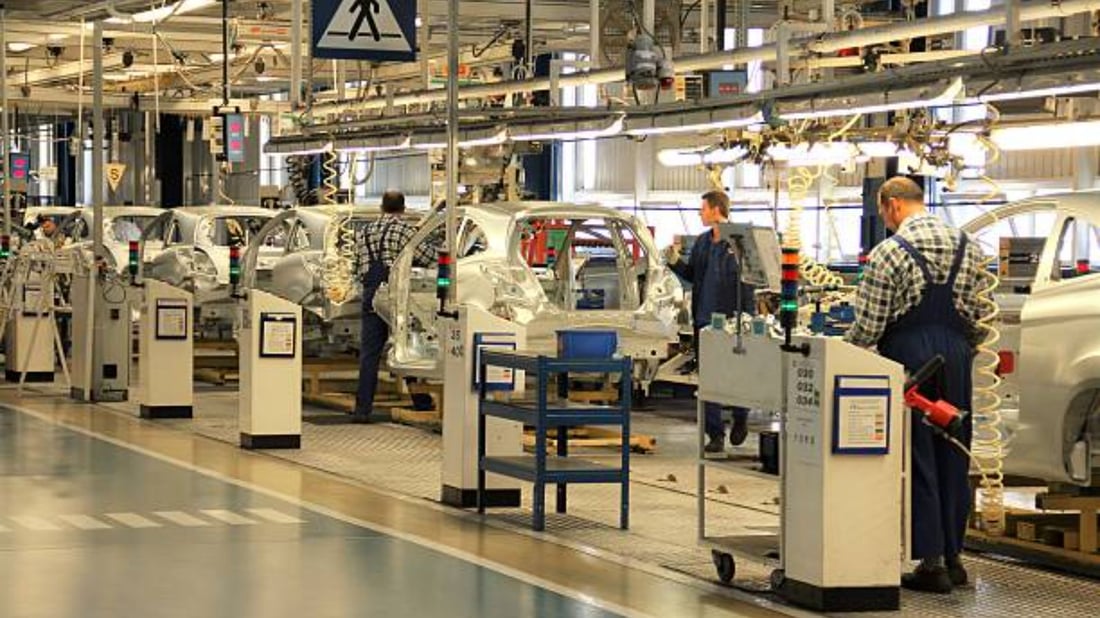Types of Milling Machines
Milling machines come in various types, each with its own unique features and capabilities. However, the most commonly used milling machine is the vertical milling machine. This type of machine has a vertically oriented spindle that holds cutting tools, making it ideal for a wide range of milling operations.
Features of Vertical Milling Machines
Vertical milling machines are highly versatile and can be used for various tasks such as cutting, drilling, and boring. They are commonly used in industries such as automotive, aerospace, and manufacturing due to their precision and efficiency. These machines can also be equipped with digital readouts and other accessories for enhanced functionality.
Advantages of Vertical Milling Machines
One of the main advantages of vertical milling machines is their ability to execute multiple operations with high precision. They are also relatively easy to operate, making them suitable for both beginners and experienced machinists. Additionally, vertical milling machines are known for their durability and low maintenance requirements.
Applications of Vertical Milling Machines
Vertical milling machines are widely used in various industries for tasks such as cutting, shaping, and drilling metal, wood, and other materials. They are commonly used in the production of components for machinery, equipment, and tools. Additionally, vertical milling machines are essential for prototyping and custom fabrication projects.
Vertical vs. Horizontal Milling Machines
While vertical milling machines are the most commonly used, horizontal milling machines also have their advantages. Horizontal machines are better suited for heavier cutting tasks and can accommodate larger workpieces. However, vertical machines are more versatile and efficient for most milling operations.
Factors to Consider When Choosing a Milling Machine
When selecting a milling machine, there are several factors to consider, including the type of materials you will be working with, the size of the workpieces, and the complexity of the projects. Vertical milling machines are a popular choice for small to medium-sized businesses due to their versatility and cost-effectiveness.
Maintenance and Care of Milling Machines
Proper maintenance and care are essential to ensure the longevity and performance of milling machines. Regular cleaning, lubrication, and calibration are crucial to prevent wear and tear. It is also important to follow manufacturer guidelines and recommendations for maintenance tasks.
Training and Safety Precautions
Operating a milling machine requires training and expertise to ensure safe and accurate results. Proper safety precautions, such as wearing protective gear and following safety guidelines, are essential to prevent accidents and injuries. Training programs are available to educate operators on how to use milling machines effectively.
Future Trends in Milling Technology
Advancements in technology have led to improvements in milling machines, such as the integration of automation and digital controls. Future trends in milling technology include the development of more sophisticated machines with enhanced precision and efficiency. These advancements aim to streamline the milling process and improve productivity.
Conclusion
In conclusion, vertical milling machines are the most commonly used type of milling machine due to their versatility, precision, and efficiency. These machines are widely used in various industries for a wide range of milling operations. By understanding the features, advantages, applications, and maintenance of vertical milling machines, businesses can make informed decisions when choosing the right machine for their needs.
Quote Inquiry
Contact us!

